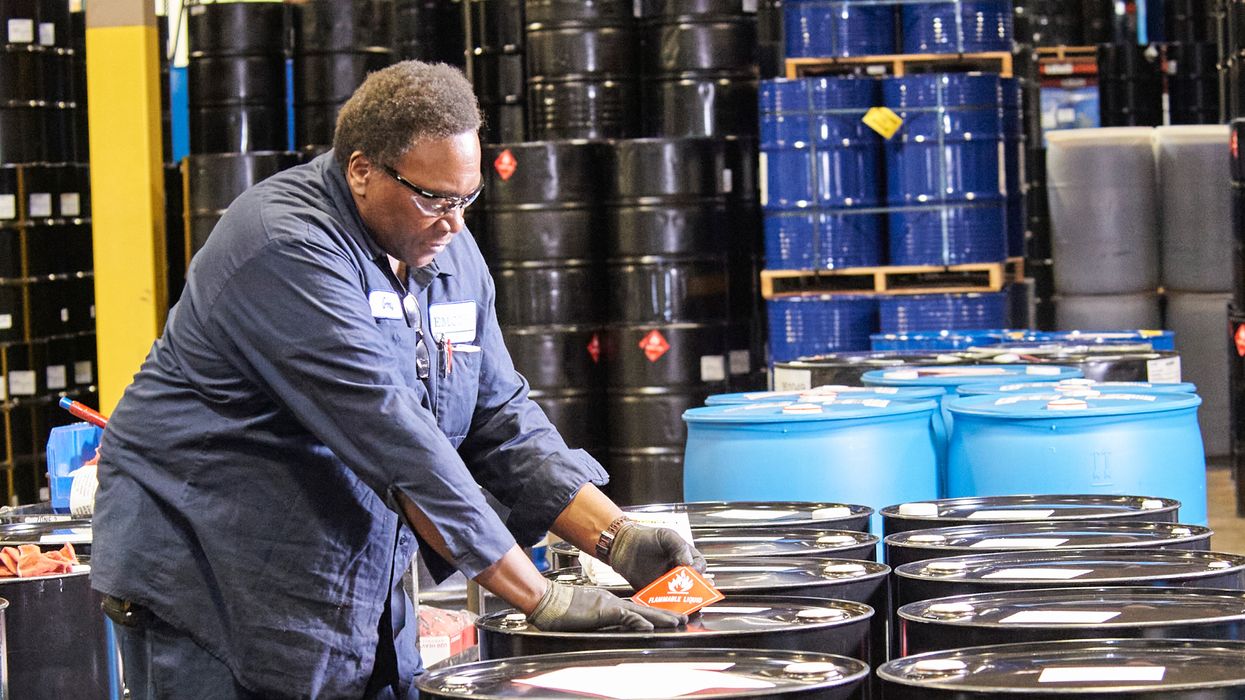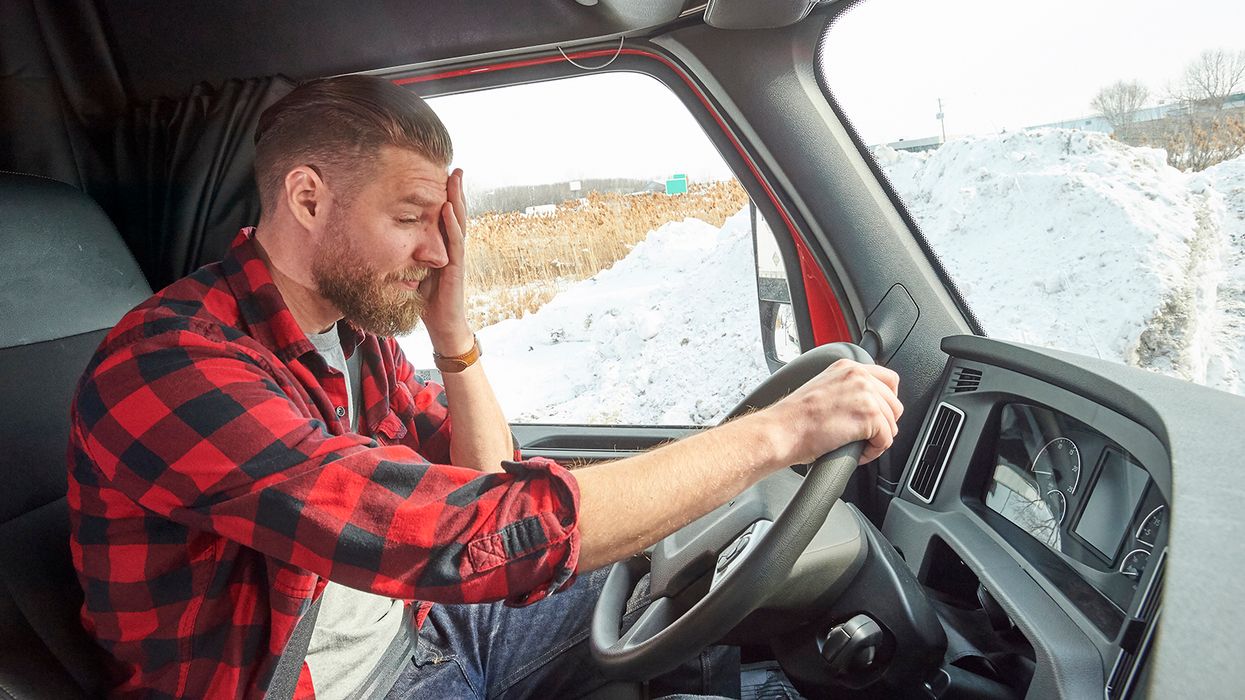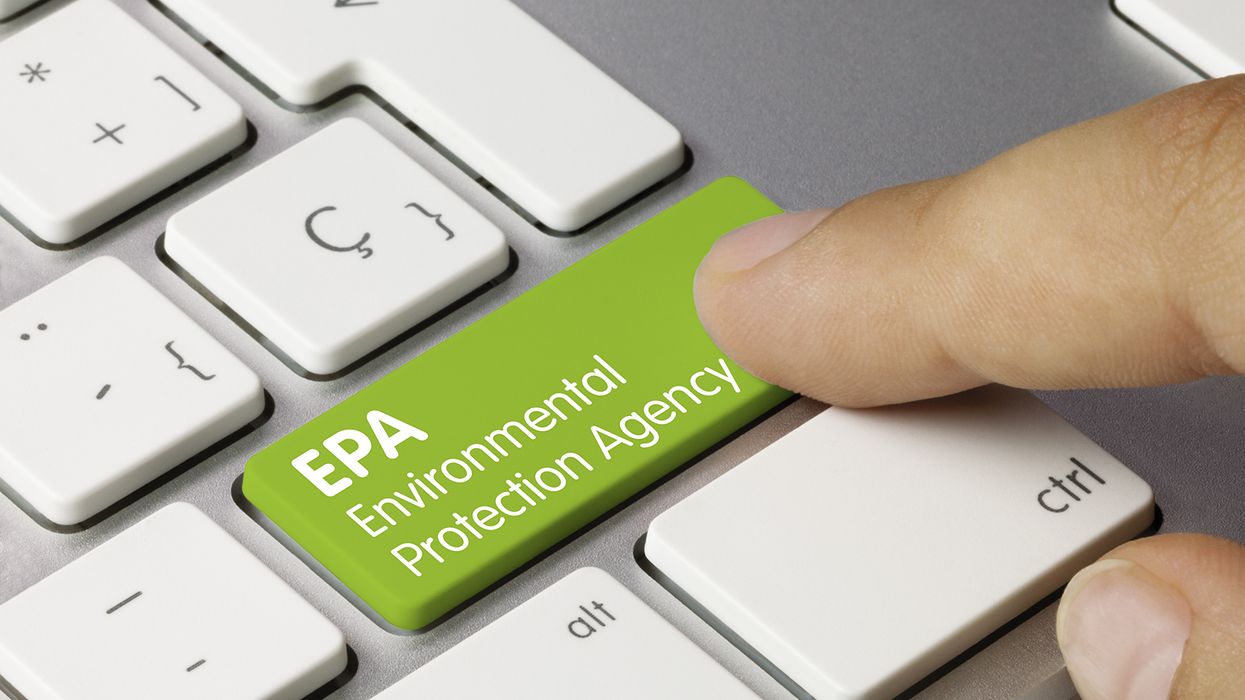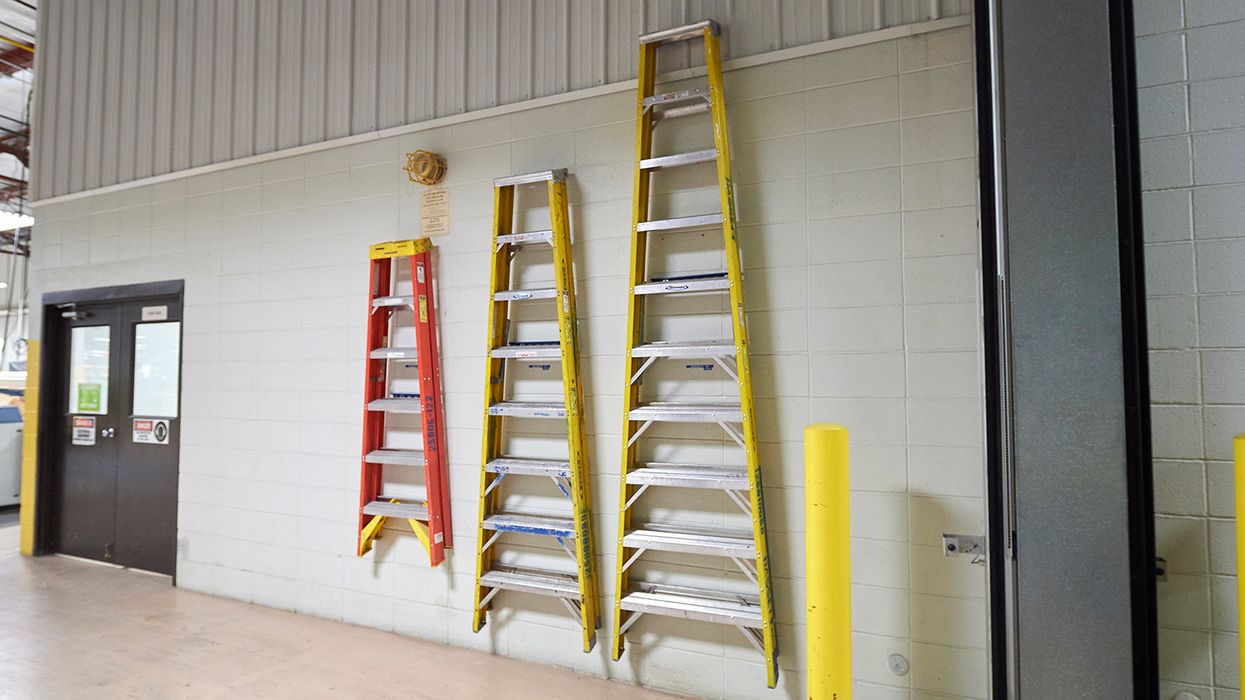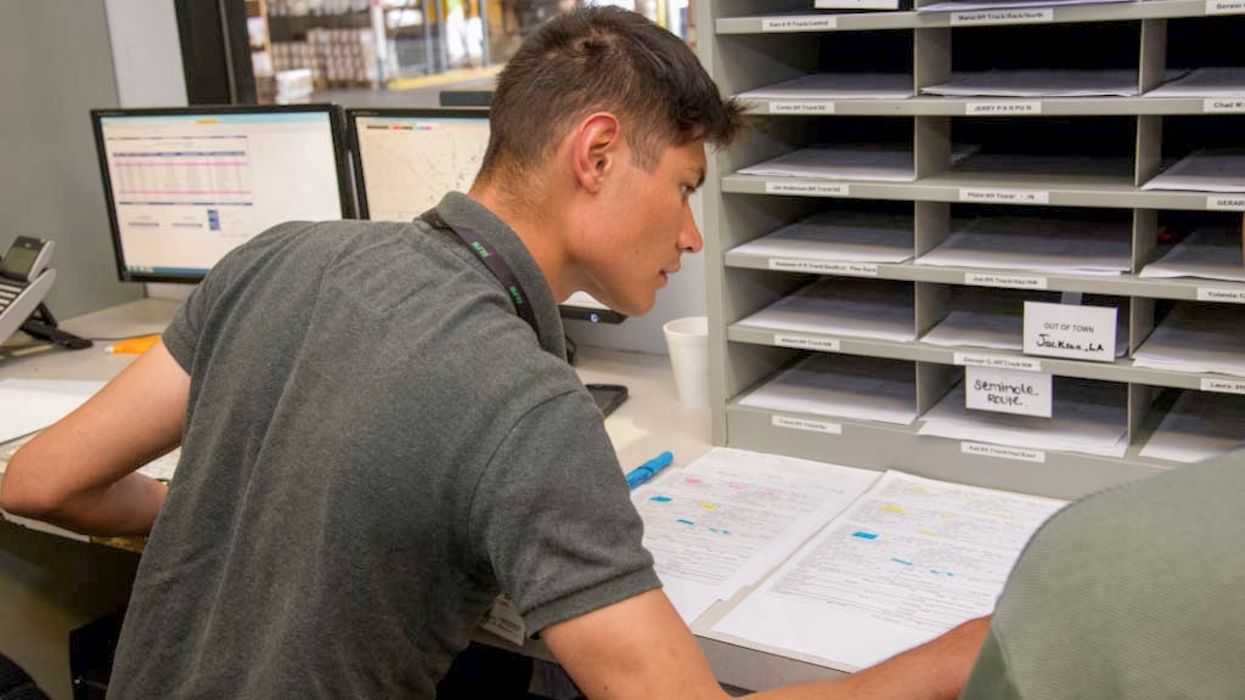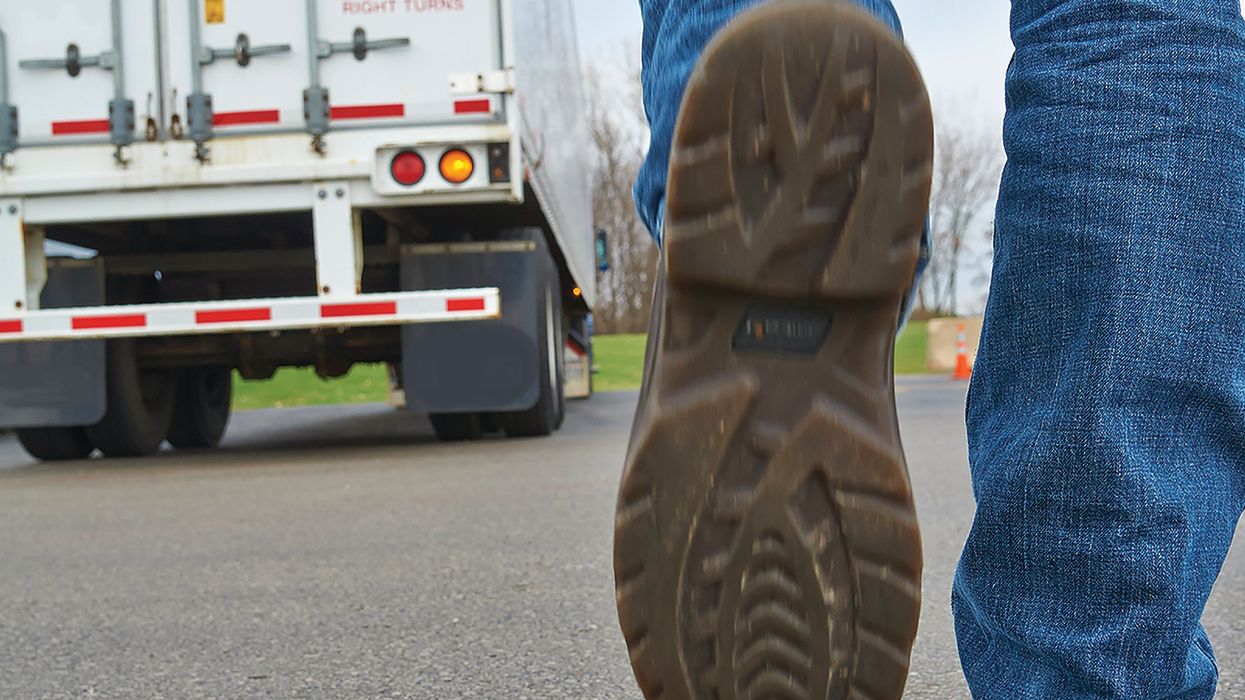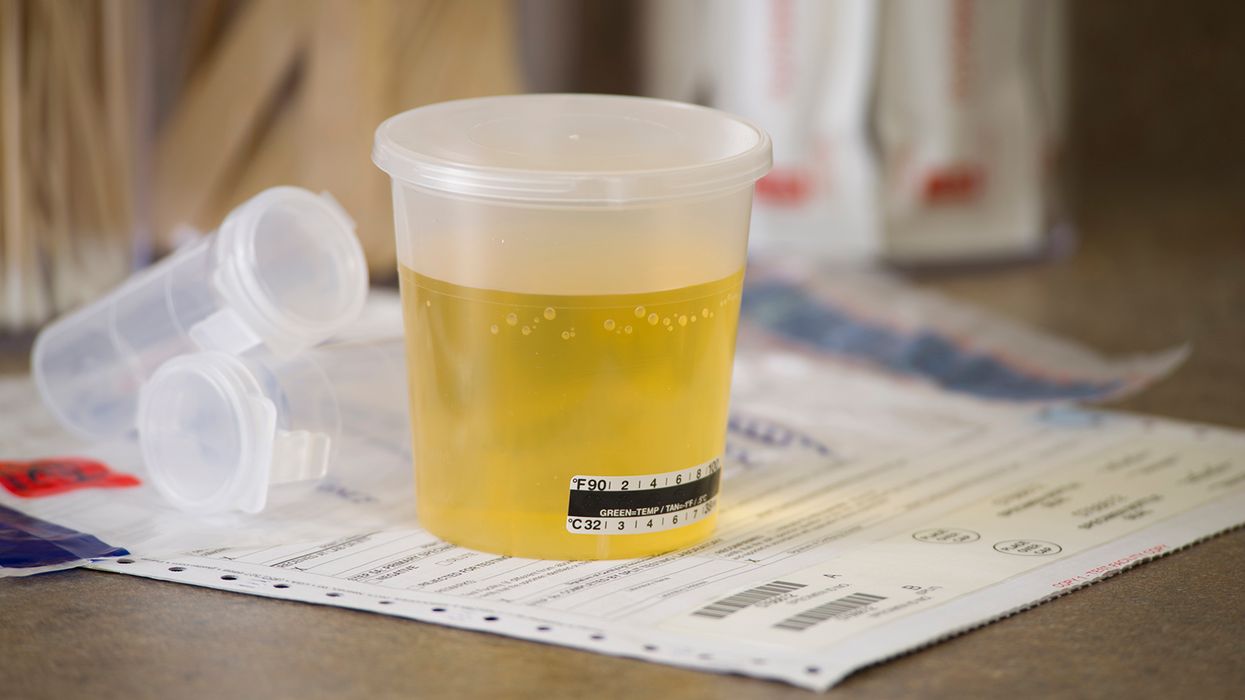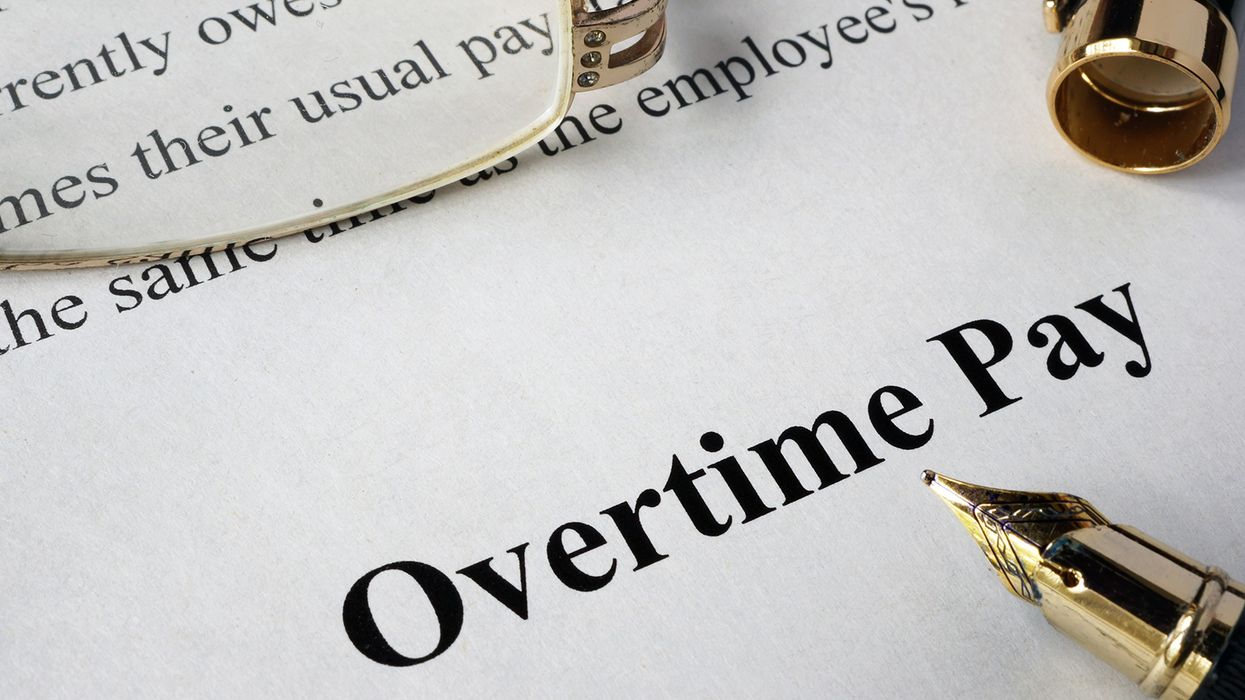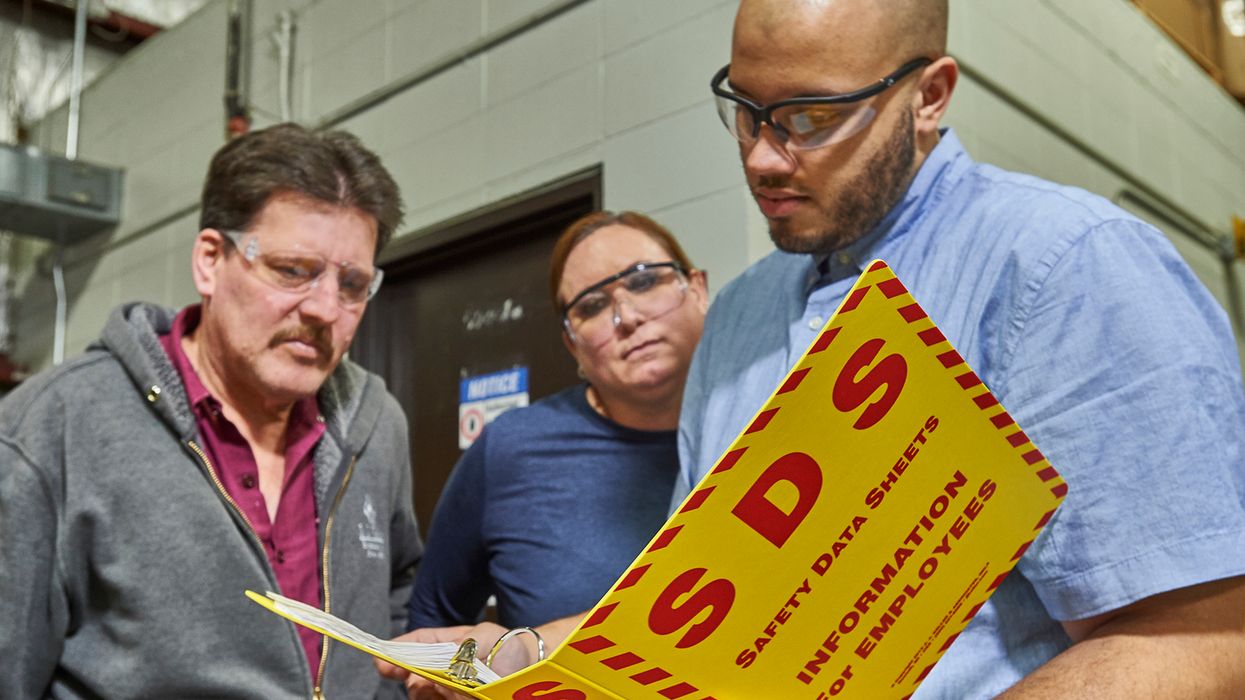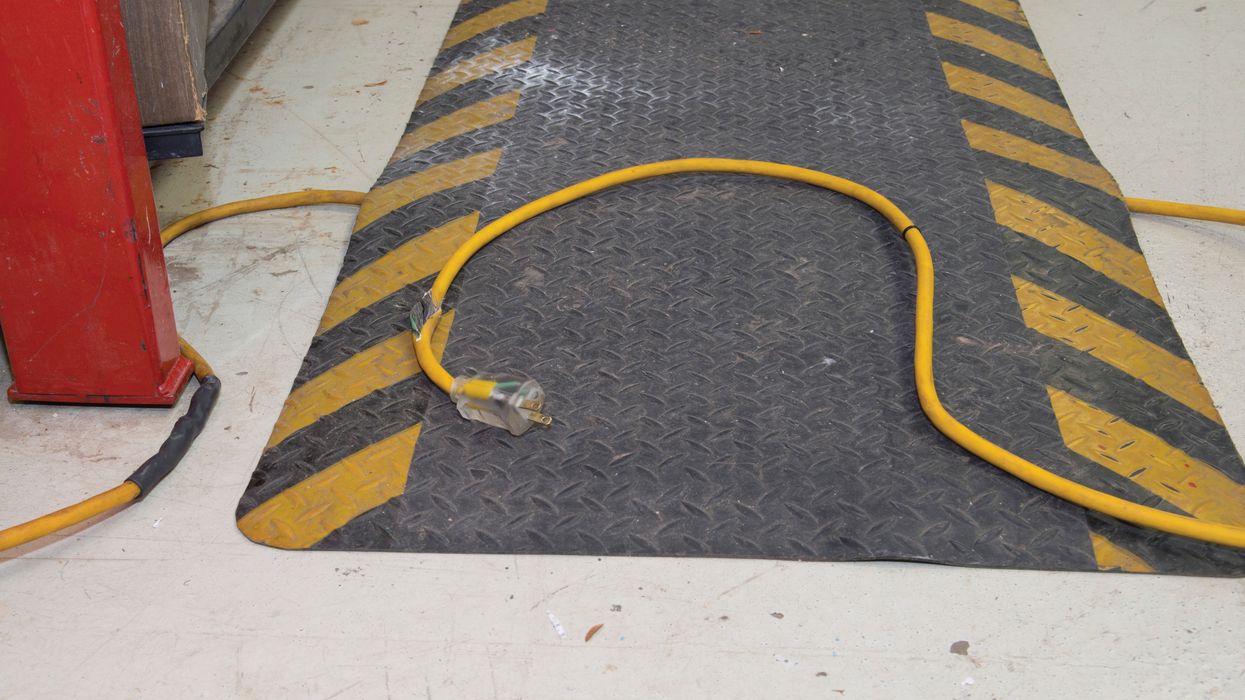PHSMA Final Rule: Hazardous Materials: Liquefied Natural Gas by Rail
PHMSA, in coordination with the Federal Railroad Administration, is amending the Hazardous Materials Regulations in response to the recent decision of the United States Court of Appeals for the District of Columbia Circuit in Sierra Club, et al. v. DOT, et al., No. 20-1317 (Jan. 17, 2025).
DATES: These amendments are effective as of June 23, 2025. Published in the Federal Register June 23, 2025, page 26455.
View final rule.
| §172.101 Hazardous Materials Table | ||
| Entry for ”Methane, refrigerated liquid (cryogenic liquid) or Natural gas, refrigerated liquid (cryogenic liquid, with high methane content)“ | Revised | View text |
| §172.102 Special Provisions | ||
| (c)(1), special provisions 439 and 440 | Removed and reserved | View text |
| §172.820 Additional planning requirements for transportation by rail. | ||
| (a), (b)(1) | Revised | View text |
| §173.319 Cryogenic liquids in tank cars. | ||
| (d)(2) | Revised | View text |
| §174.200 Special handling requirements. | ||
| (d) | Removed | View text |
| §179.400-5 Materials. | ||
| (b) | Revised | View text |
| §179.400-8 Thickness of plates. | ||
| (d) | Revised | View text |
| §179.400-26 Approval to operate at 286,000 gross rail load (GRL). | ||
| Entire section | Removed | View text |
| §180.515 Markings. | ||
| (d) | Removed | View text |
Previous Text
§172.820 Additional planning requirements for transportation by rail.
(a) General. Each rail carrier transporting in commerce one or more of the following materials is subject to the additional safety and security planning requirements of this section:
(1) More than 2,268 kg (5,000 lbs.) in a single carload of a Division 1.1, 1.2 or 1.3 explosive;
(2) A quantity of a material poisonous by inhalation in a single bulk packaging;
(3) A highway route-controlled quantity of a Class 7 (radioactive) material, as defined in §173.403 of this subchapter;
(4) A high-hazard flammable train (HHFT) as defined in §171.8 of this subchapter; or
(5) A quantity of UN1972 (Methane, refrigerated liquid or Natural gas, refrigerated liquid) when transported in a rail tank car.
* * * *
(b)(1) Commodity data must be collected by route, a line segment or series of line segments as aggregated by the rail carrier. Within the rail carrier selected route, the commodity data must identify the geographic location of the route and the total number of shipments by UN identification number for the materials specified in paragraph (a) of this section.
§173.319 Cryogenic liquids in tank cars.
* * * *
(2) Ethylene, hydrogen (minimum 95 percent parahydrogen), and methane, cryogenic liquids must be loaded and shipped in accordance with the following table:
| Maximum start-to-discharge pressure (psig) | Maximum permitted filling density (percent by weight) | ||||
|---|---|---|---|---|---|
| Ethylene | Ethylene | Ethylene | Hydrogen | Methane | |
| Note: For DOT 113 cryogenic tank cars, delimiters indicate the following: A—authorized for minus 423°F loading; C—authorized for minus 260 °F loading; D—authorized for minus 155°F loading. The specification suffix “9” indicates the tank car is equipped with (minimum) 9/16 inch TC 128B normalized steel outer jacket and tank heads. | |||||
| 17 | 6.60 | ||||
| 45 | 52.8 | ||||
| 75 | 51.1 | 51.1 | 37.3. | ||
| Maximum pressure when offered for transportation | 10 psig | 20 psig | 20 psig | 15 psig. | |
| Design service temperature | Minus 260°F | Minus 260°F | Minus 155°F | Minus 423°F | Minus 260°F. |
| Specification (see §180.507(b)(3) of this subchapter) | 113D60W, 113C60W | 113C, 120W | 113D, 120W | 113A175W, 113A60W | 113C, 120W9. |
§179.400-5 Materials.
* * * *
(b)(1) Any steel casting, steel forging, steel structural shape or carbon steel plate used to fabricate the outer jacket or heads must be as specified in AAR Specifications for Tank Cars, appendix M.
(2) For DOT-113C120W9 tank cars, the outer jacket shell and outer jacket heads must be made of AAR TC-128, Grade B normalized steel plate as specified in §179.100-7(a).
§179.400-8 Thickness of plates.
* * * *
) The minimum wall thickness, after forming, of the outer jacket shell may not be less than 7/ 16 inch. The minimum wall thickness, after forming, of the outer jacket heads may not be less than 1/ 2 inch and they must be made from steel specified in §179.16(c).
(2) For DOT 113C120W9 tank cars, the minimum wall thickness of the outer jacket shell and the outer jacket heads must be no less than 9/ 16 inch after forming, and must be made of AAR TC-128, Grade B normalized steel plate.
(3) The annular space is to be evacuated, and the cylindrical portion of the outer jacket between heads, or between stiffening rings if used, must be designed to withstand an external pressure of 37.5 psig (critical collapsing pressure), as determined by the following formula:
P c = [2.6E(t/D) 2.5]/[(L/D) ? 0.45(t/D) 0.5]
Where:
P c = Critical collapsing pressure (37.5 psig minimum) in psig;
E = modulus of elasticity of jacket material, in psi;
t = minimum thickness of jacket material, after forming, in inches;
D = outside diameter of jacket, in inches;
L = distance between stiffening ring centers in inches. (The heads may be considered as stiffening rings located 1/ 3 of the head depth from the head tangent line.)
























